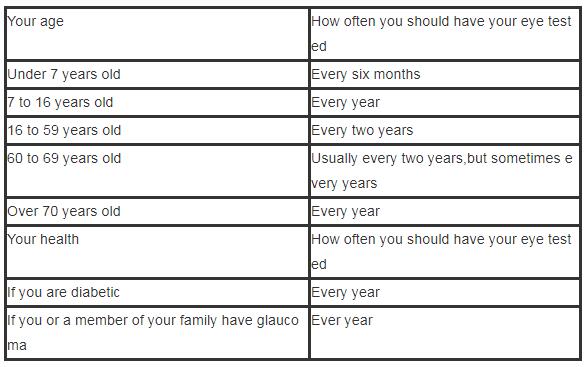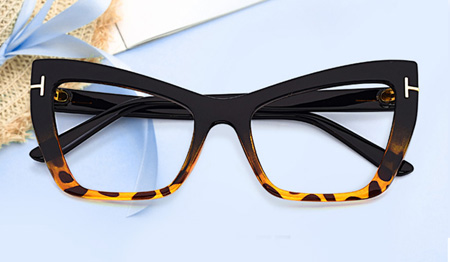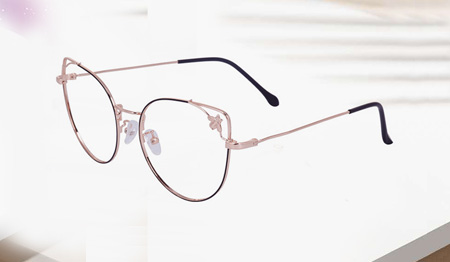FAQs
Company:
Address:
Q:IF I NEED TO GET A NEW PRESCRIPTION GLASSES, WHAT SHOULD NOTICE?
A:You need to get an ophthalmic examination if it’s your first time to purchase a new prescription glasses. In this way, medical optometry could ensure wether you have eye diseases or not. Next, you could know what kind of frames match your face or hair through searching the Internet. If you have any questions, please feel free to ask our Live Help in working time.
Q:HOW DO I GET MY PRESCRIPTION?
A:Veeglasses does not provide eye test for glasses. Please visit your ophthalmologist or optometrist to obtain both an eye test and a prescription. They legally obliged to provide you with a copy of your prescription. Make sure you ask them if they do not give you. Please also ask your doctor to measure and record your pupillary distance(or PD) on your prescription.Your PD is the distance in millimeters between the centers of your pupils. Your PD is not always included in your prescription,but it is very helpful for us when making your glasses to make sure that they fit you perfectly.
Q:HOW DO I READ MY PRESCRIPTION?
A:The abbreviations and numbers on your prescription may look unfathomable, but it's really a kind of medical shorthand-a professional's way of telling a laboratory what's needed to correct your vision.
RIGHT EYE (OD)
OD = Oculus dexter in Latin, or right eye. The right eye is always examined first and its measurements are entered first on a prescription.
LEFT EYE (OS)
OS = Oculus sinister in Latin, or left eye. Left eye measurements always follow after the right eye's.
BINOCULAR
Binocular = both eyes. On your prescription, your pupillary distance may be a binocular PD (one number for both eyes) or a monocular PD (one number for each eye).
SPH or RX
SPH = Sphere or spherical correction describes the horizontal curve of your eye's lens. Sphere is assigned a positive (+) or negative (-) number between -10 and +10. Think of your eye as a sphere. But not always a perfect sphere. Sometimes the light coming into your eye focuses a little short of your retina. That means you're myopic or nearsighted. Sometimes the light focuses in back of the retina. That means you're hyperopic or farsighted. SPH is the lens power that it takes to focus an image on your retina correctly. A single-vision eyeglass prescription without astigmatism lists only SPH.
CYL
CYL = Cylinder or cylindrical correction fine tunes for astigmatism-the vertical curve of an eye shaped more like a football than a sphere. Astigmatism is very common. Cylinder is a positive (+) or negative (-) number between -5 and +5. Your prescription may or may not have a CYL number.
AXIS
AXIS = The degree and direction of astigmatism. If you have a CYL number indicated on your prescription, you'll also have an AXIS measurement. It's a positive (+) number between 0 and 180, sometimes preceded by an "x". A single-vision eyeglass prescription with astigmatism lists values for SPH, CYL, and AXIS.
Q:HOW OFTEN SHOULD I HAVE MY EYE TESTED?
A:According to Practitioner Services,your recommended intervals between eye test vary depending on your age and health.

Q:DO I NEED TO GET READING GLASSES IF I GET PRESBYOPIA?
A:Presbyopia is a physiological phenomenon. From about the age of 40 or so initially, the lens gradually hardening, decreased flexibility, ciliary body function has been weakened, and onset of presbyopia. Those people who affected by presbyopia really rely on reading glasses for even the most mundane of daily task.
































